10 Things You Need To Know Before Buying A Toyota GT86/Subaru BRZ
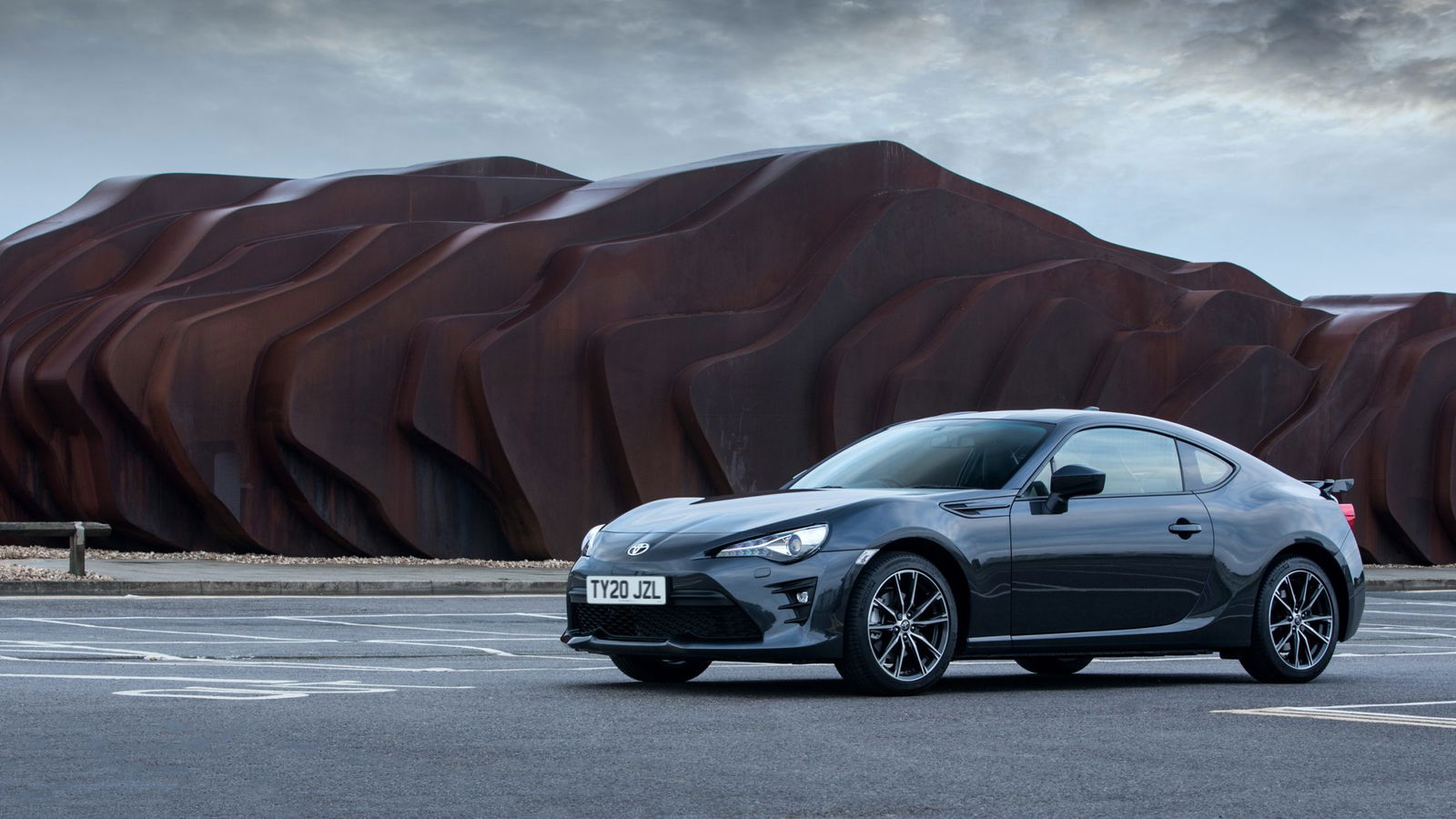
A few months ago, the Toyota GT86 bowed out in the UK. If you want the new GR86 with its more powerful and torquier 2.4-litre boxer engine, you’ll need to wait a little longer, and when it’s time to hand over the cash, don’t expect much change from £30,000.
Happily, its predecessor has been around long enough for depreciation to take hold, meaning there are quite a few out there for under the magical £10,000 mark. The only trouble is, with age also comes mechanical issues.
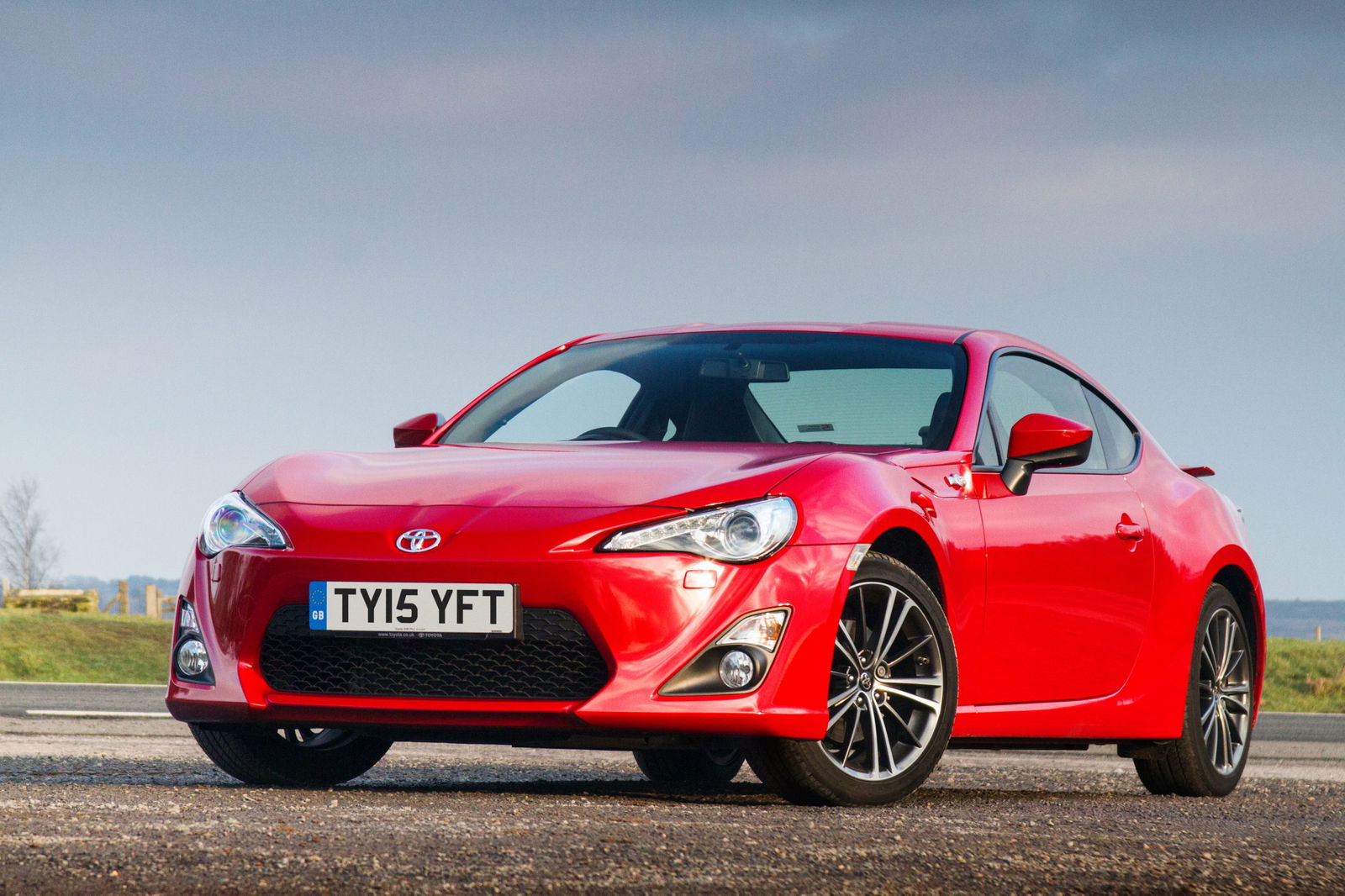
These cars and the (very) closely related Subaru BRZ are reasonably well put together, but there are a few problem areas you need to be aware of. We had a chat with Andy Weightman of Toyota tuning specialists Fensport to find out what you need to know about buying, running and modifying one.
Finding a BRZ is much harder

Although the GT86 was always billed as a ‘joint venture’, it’s much more Subaru than Toyota. You’ll find Subaru logos stamped on components all over the car, it uses a Subaru boxer engine, and Subaru was responsible for building both the GT86 and the BRZ at its plant in Gunma prefecture.
So, if anything, this car makes more sense with a Subaru badge on the bonnet. But we recommend against setting your sights solely on a BRZ - they’re far rarer than the GT86 in the UK. Normally, you’ll find about 10 times as many GT86s for sale on major classifieds platforms.
Mechanically the cars are pretty much identical, although the stock suspension setups are said to feel marginally different when driven back-to-back. The BRZ and GT86 also had different front bumpers both before and after the 2016 facelift.
In North America, the GT86 was sold as a Scion FR-S for a few years before being renamed as the ‘Toyota 86’ following the Scion brand’s discontinuation.
You already need to keep an eye out for rust

The earliest GT86s aren’t even 10 years old yet (at the time of writing), but rust is already becoming an issue. The tin worm strikes the front and rear subframes, and already, some of these have rotting thoroughly enough to need replacing to pass an MOT.
Be sure to have a good check underneath with a torch before buying, and keep an eye out for related advisories on previous test certificates.
There are two main oil leaks to look out for
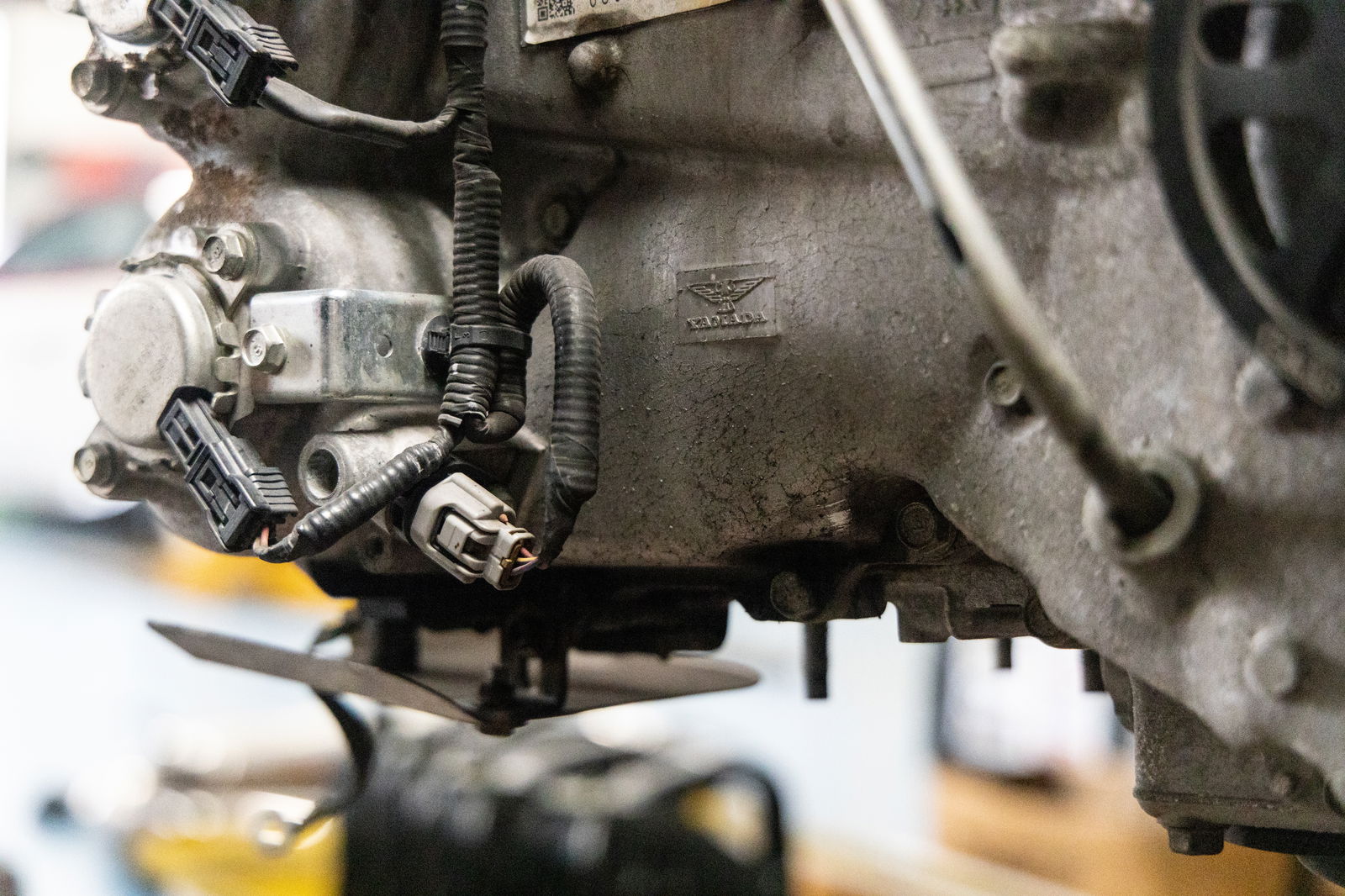
The Subaru FA20 engine (arbitrarily rebranded by Toyota as a ‘4U-GSE’) is known to drop a little oil from two main places. One is on the camshaft blanking plate, something that won’t be hard to notice since this drips right onto the exhaust. Smell burning oil? That’s likely the culprit. Thankfully it’s not a difficult job to do, taking around an hour.
If the front cover of the boxer-four is leaking, you’re in for a bigger bill. The silicone that affixes this massive plate to the front of the engine eventually dries out, letting oil pass through. “It’s a massive job and it’s getting more common,” Andy says.
Silicone 'liquid gaskets' make rebuilds a nightmare
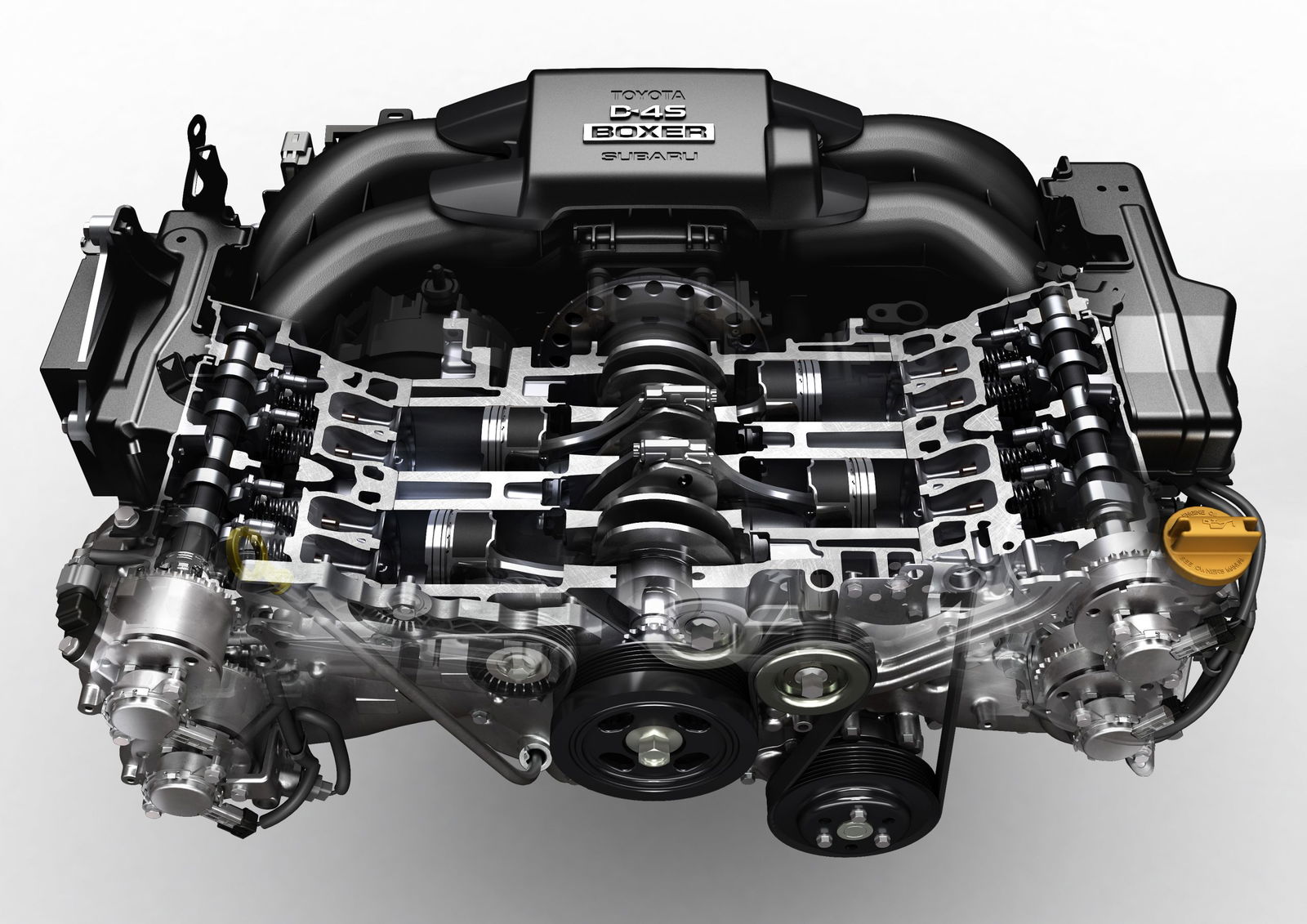
That silicone stuff isn’t just used to keep the front cover on - it’s spread around the whole engine in the place of conventional gaskets. This adds an extra element of difficulty to rebuilds, as all the old sealant needs to be removed before everything’s put back together.
“You spend longer cleaning it than you do building the engine,” Andy says, adding, “everything is covered in silicone - everything“. A spotlight was shone on this ‘liquid gasket’ setup when cars built from April 2012 to May 2013 were recalled due to potentially faulty valve springs. Many owners reported engine failures following the recall work, claimed to be caused by excess sealant used in the rebuild.
If applied incorrectly, that sealant, which goes hard when dry, can indeed be an engine killer, Andy says. “It gets in the oil pan, gets sucked up the pick-up, and then they rattle the bottom end about 500 miles after the rebuild. We’ve had a lot of people coming in for engine rebuilds [post-recall]”. Fensport uses a different kind of sealant for rebuilds which doesn’t set as firmly as the OE Toyota stuff.
Regular oil changes are a must
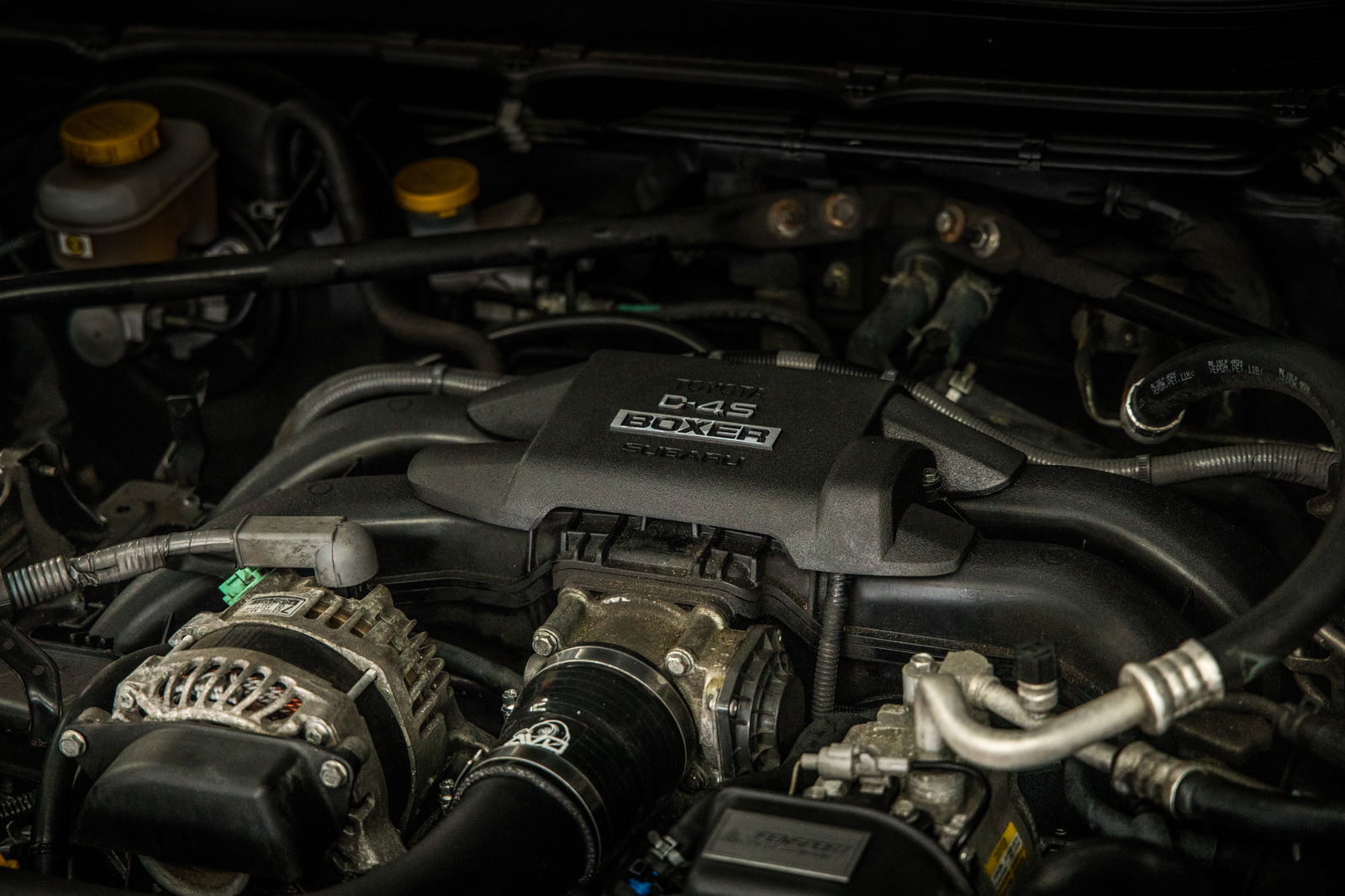
This advice goes for pretty much every used car, but it’s especially relevant for the GT86 and its less than brilliant lubrication system. It’s vital to stick religiously to the one year/10,000 oil change intervals and to ensure that previous owners have done the same, preferably with a specialist.
Want to venture onto a circuit? The lubrication system is going to need upgrading. “If you’re tracking the car, 100 per cent fit an oil cooler,” Andy says, adding, “Don’t even attempt to drive them [on track] because the oil temps are crazy and it will rattle the bottom end.”
Change the gearbox oil for better shifts
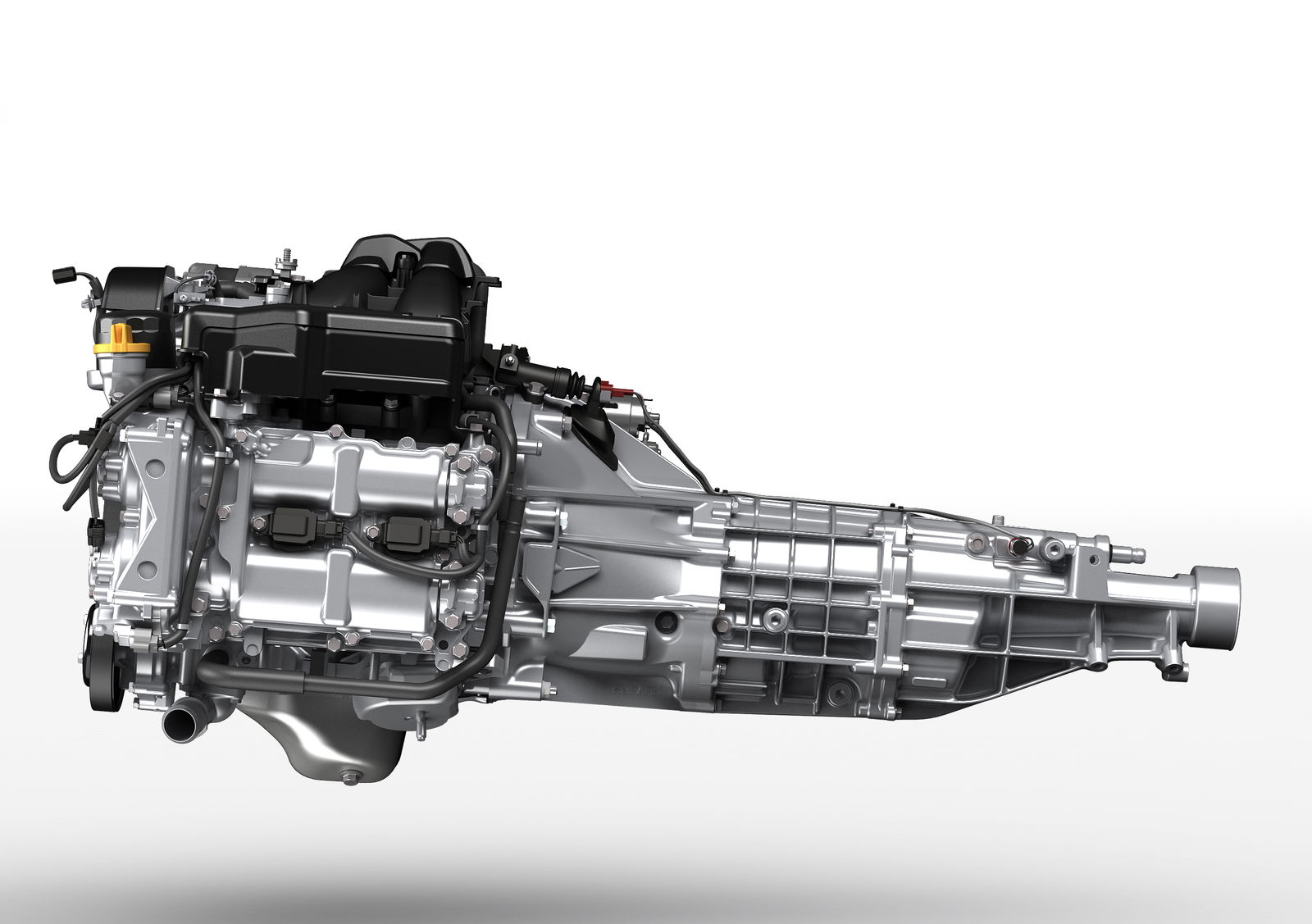
The gear change is often criticised as one of the weaker parts of the GT86’s driving experience. Second gear can be particularly difficult to engage, especially when the car is cold. An oil change can improve the shift quality greatly - you’re best off ditching the relatively thin stuff used from the factory with Millers 75w90, Andy recommends.
Turbochargers are the way to go for bigger outputs
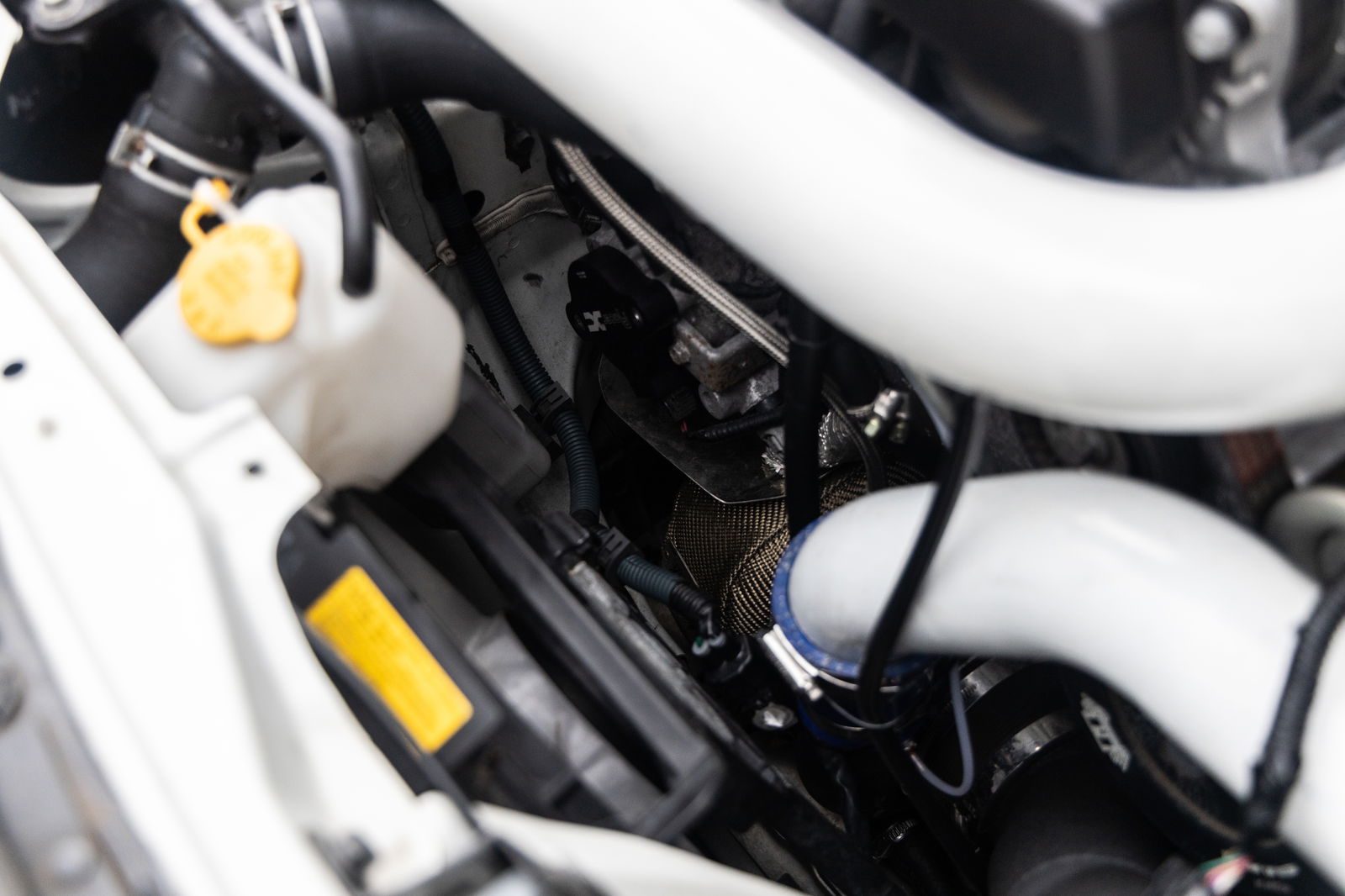
Up to around 260bhp, there isn’t a huge difference in cost between fitting a turbocharger or supercharger, with the latter coming in slightly more expensive. A supercharger is a great way to increase power while preserving throttle response, and Andy is a big fan of the HKS GT86 kit Car Throttle sampled a few years back. “They fit so nicely and they look amazing”.
It’s about £4,500 for the average Stage 1 turbo kit, while a supercharger is closer to £5,000. Beyond 260bhp, turbochargers become much more cost-effective. This leads us to our next point.
Upgrade the con-rods if you want to go beyond 280bhp
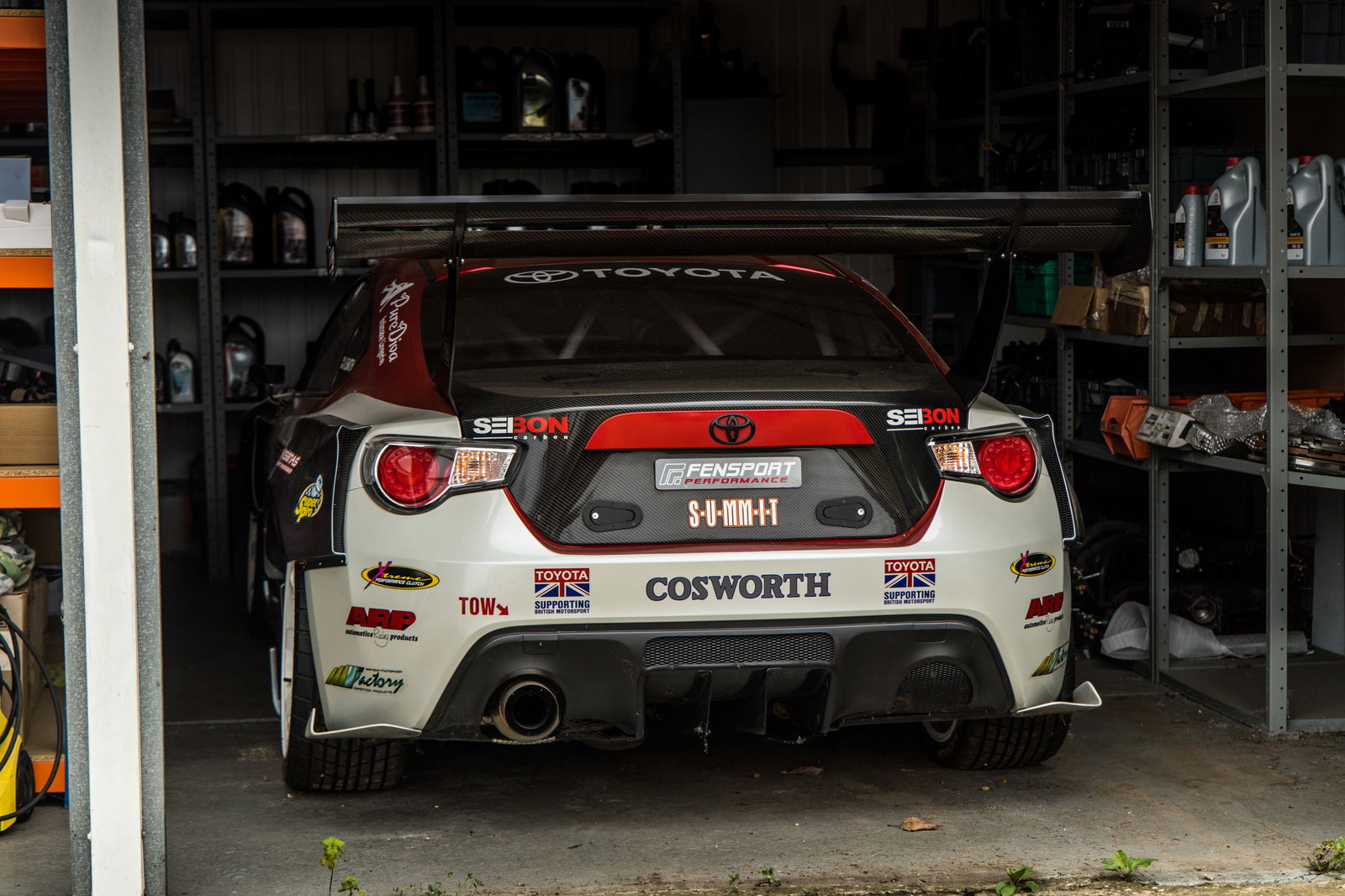
If you’re in pursuit of a power figure beyond 280bhp, it’s time to think about upgrading the internals. The stock pistons are pretty stout so these can be left as-is unless an especially bombastic number is being chased. There are forged pistons out there for this engine, but they’ll lead to accelerated cylinder bore wear, so only opt for these if absolutely necessary.
The connecting rods, on the other hand, are pretty weak. “They just bend if you run too much power,” Andy explains. A set of forged rods (£800 - £1,000) joined to the factory pistons is the way to go, allowing outputs up to around 450bhp.
Don't discount an N/A tune
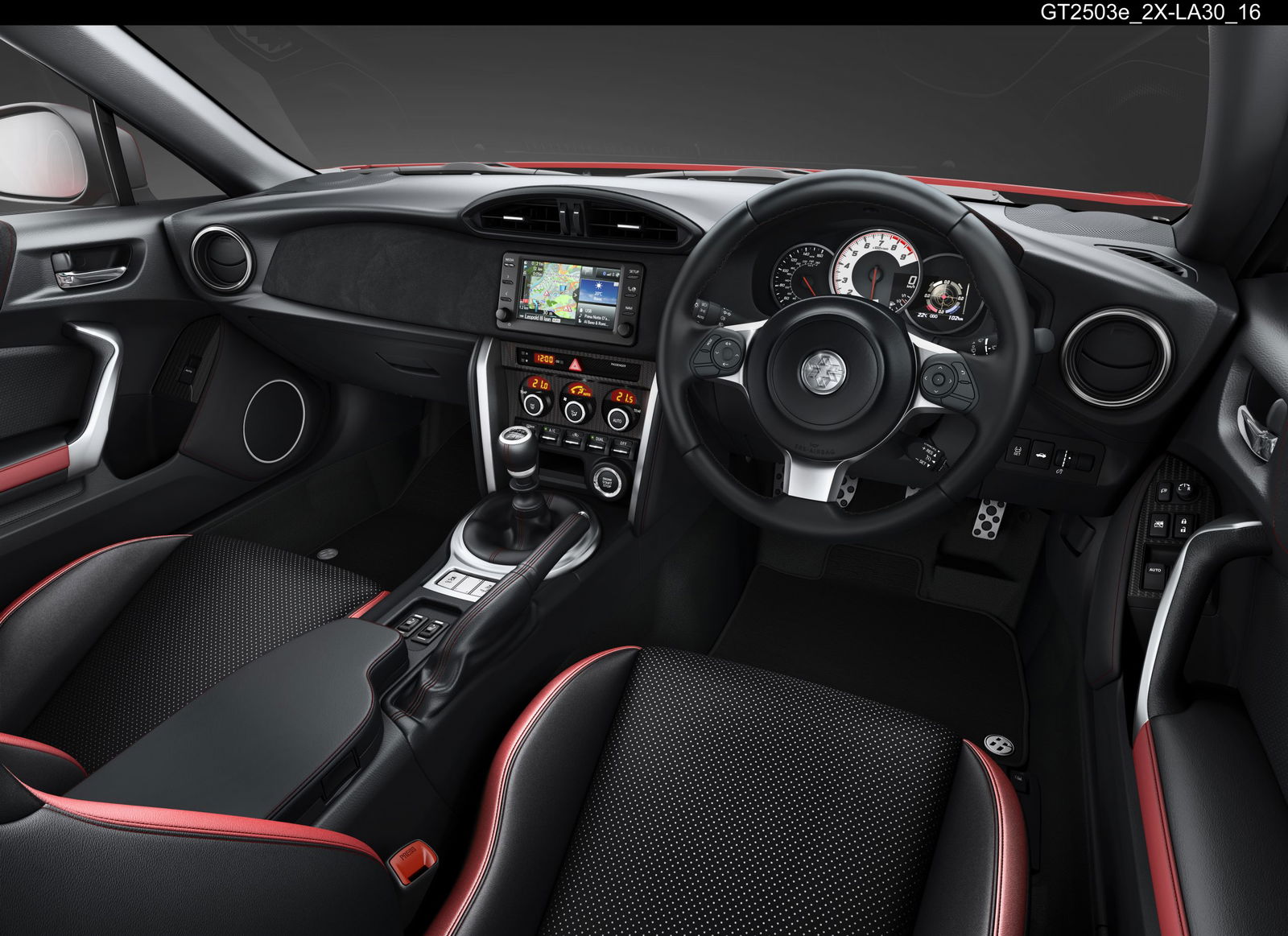
Turbo or supercharger too invasive and/or expensive for you? It is possible to make more modest but noticeable power gains without resorting to forced induction. An ECU remap combined with breathing modifications can bump up the rev limit by a few hundred RPM while increasing the power by 20bhp or so and the torque by around 20lb ft. There are also N/A tuning kits out there specifically designed to rid the GT86 of its infamous low/mid-range torque dip.
Go subtle with the handling upgrades
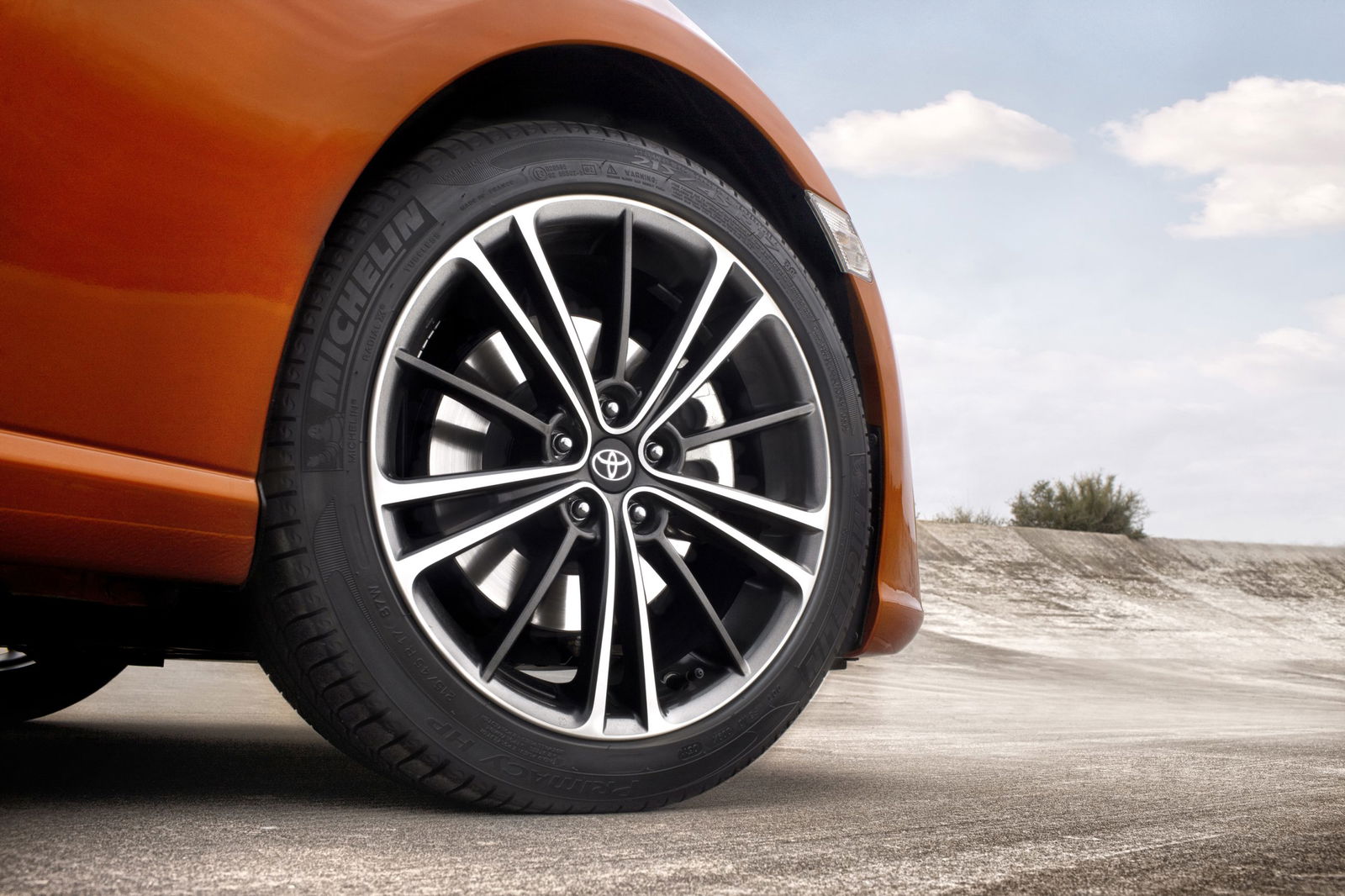
The GT86/BRZ sits pretty high as standard, so you may want to think about dropping it a touch. “Tein does really nice springs - a 15 or 25mm drop. 25mm is quite low so I’d probably say 15 [is best],” Andy says. “The springs rates are quite similar to the standard springs so they’re not harsh,” he adds.
Tein’s Flex A adjustable coilover kit is a reasonably affordable upgrade giving a range of ride height options, and it also comes with hydraulic bump stops for a smoother, quieter ride over bumpy stuff. If money’s no object and you’re happy spending nearly twice as much, HKS Hipermax dampers are tempting.
Whether you’re wanting to go for the above or not, upgrading the tyres is a must. Most run Michelin Primacy HPs that are billed as ‘touring summer tyres’ - they don’t really belong on a sports car. The standard 17-inch wheels preclude the option of ‘ultra ultra high performance’ (UUHP) tyres, but there are plenty of good ‘UHP’ options available in the GT86’s 215/45/17 sizing. Michelin Pilot Sport 4s or Goodyear Eagle F1 Asymmetric 5s are worth a look.
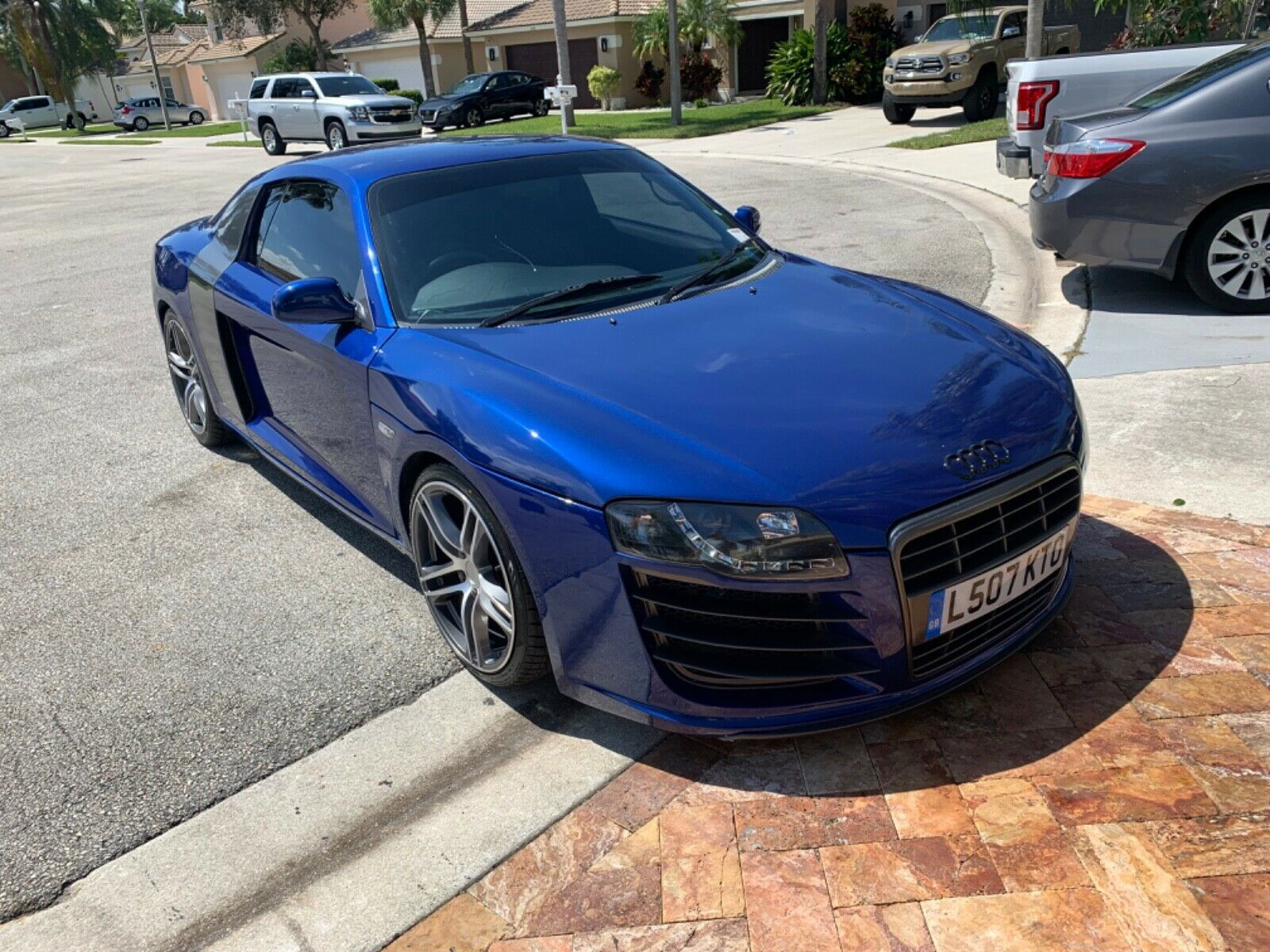


Comments